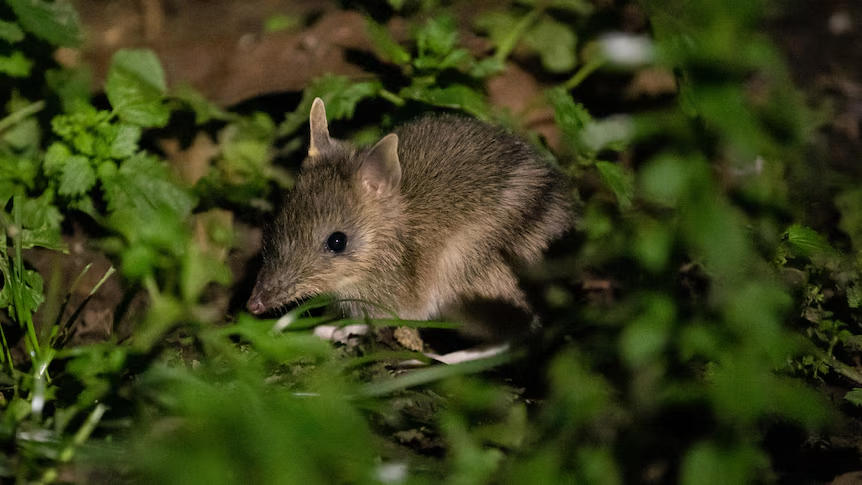Forgotten Fauna Part 18: What does the bandicoot recovery story on Victoria’s offshore islands tell us about the differential impacts of introduced predators?
I recently came across this interesting article in the Conversation, which looks at the story of the recovery of the Eastern Barred Bandicoot on three of Victoria’s offshore islands – French, Phillip and Churchill Island – and also some of the wider issues facing the range of small mammals on the mainland that have been so severely impacted by introduced predators. To learn more about the specific details of the Eastern Barred Bandicoot recovery story, this more detailed article by Australian Geographic and this ABC news article are also definitely worth a read.

Because you can follow the links above and read the full articles yourself, I won’t retell the story of the Eastern Barred Bandicoot on the mainland here, but I will extract and quote one key paragraph from the story in The Conversation story that really leapt out at me:
“New environments don’t necessarily need to be predator-free.
The eastern barred bandicoot is thriving on Phillip and French Island, in the presence of feral and domestic cats.
The key is there are no foxes.”
This living experiment, demonstrating that these islands didn’t need to be free of feral cats in order for bandicoots to establish viable populations, is an important one. It is also consistent with what we understand of the decline of this bandicoot species on the mainland, where feral cats were present long-before the deliberate introduction of the European red fox. Here, cats lived for several decades through the mid and late 1800s, alongside the bandicoots and several other native species that are now extinct, and in the presence of other native predators of bandicoots (such as the Dingo and two species of quoll). Indeed, the precipitous declines observed in most temperate small mammal species on the mainland didn’t appear to occur until after the fox established and spread. If you are interested to learn more, this is a theme I have previously explored in earlier installments of this series of blogs:
- Part 3 – The event that changes everything – foxes establish in the region
- Part 4 – Remembering the last Dingo at Mt Richmond… and, why did the fox run rampant?
- Part 5 – So, just how unique is Tasmania’s wildlife?
- Part 6 – The demise of our forgotten fauna… and what do the Fox and Cane Toad have in common?
In Tasmania, where bandicoots are still a regular visitor or resident in many suburban backyards, an additional, key ingredient that appears to have made a big difference is the presence of another native marsupial predator, the Tasmanian Devil. As well as being hypothesised as a likely key reason for foxes not ever establishing on the island, researchers are finding that devils also play a positive role in both limiting feral cat abundance and/or modifying their behaviour in ways that significantly benefits other marsupials.
A few years ago, some of this research, and even mention of the potential value of an experiment on the mainland to test the interaction between devils and introduced predators, appeared in this interesting ABC news article.
The main take-home message for me from all of the above, is that we are still learning about the nuances of how native and introduced species interact, and so new real-world experiments applied in different settings that help to disentangle their effects (e.g. understanding the differential impacts of foxes and cats, and the role of native predators as competitors) are absolutely vital for possibly uncovering sustainable solutions that could one day apply outside of fenced sanctuaries.
This is also taking on increased importance as the latest research is helping us to better understand the effects of placing threatened species inside sanctuaries free of all predators (mirroring the situation on islands without predators), where they can rapidly lose their fear response, making these animals even less likely to survive in the wild if reintroduced to the places they once inhabited. The idea of proactively helping threatened species to slowly adapt to introduced predators, to overcome this problem, was the subject of this interesting article that is well worth a read.
With all the fascinating links in this story to follow, I think that is probably enough information for today!
So, to return to where we began, and back to the Eastern Barred Bandicoot… I thought sharing this little video from a couple of years ago – celebrating the species return to the wild in Victoria – would be a nice positive note to end on, with some fantastic footage of these beautiful critters!
